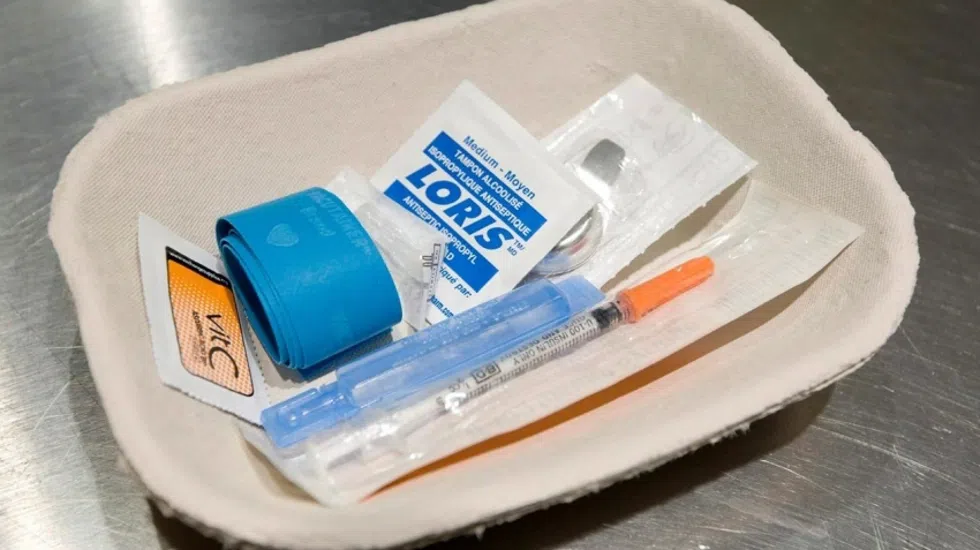
Mayor, police chief split on safe injection sites
The debate around safe injection sites in Prince Albert was reignited by a recent council motion, to the disapproval of Mayor Greg Dionne.
At the most recent city council meeting, Ward 3 Councillor Evert Botha put forward a motion to encourage discussion of safe injection sites between the city, and the provincial and federal health ministries. Although the motion only called for forwarding of correspondence, Dionne told paNOW he was unsure of the motion’s purpose because he does not believe the decision to approve a safe injection site is a city matter.
“It’s being pushed by one councillor, Evert Botha, and as you’ve heard he’s given his unwavering support, but I don’t know what he’s giving his unwavering support for,” Dionne said. “This is a government decision, not our decision.”
The city can lobby for the creation of a site, Dionne said, and would have the ultimate authority to approve the location, but could not simply create a site without provincial and federal approval.


